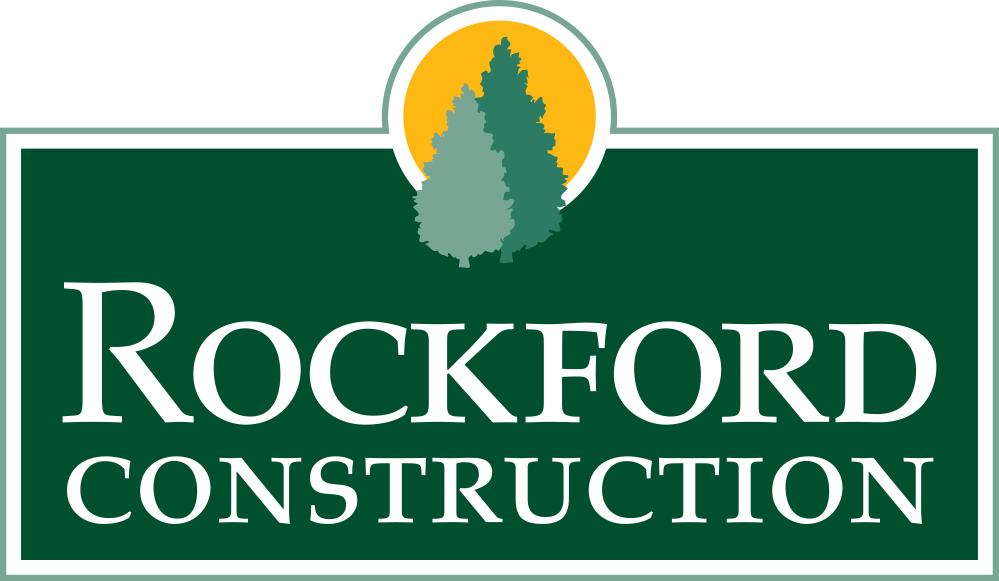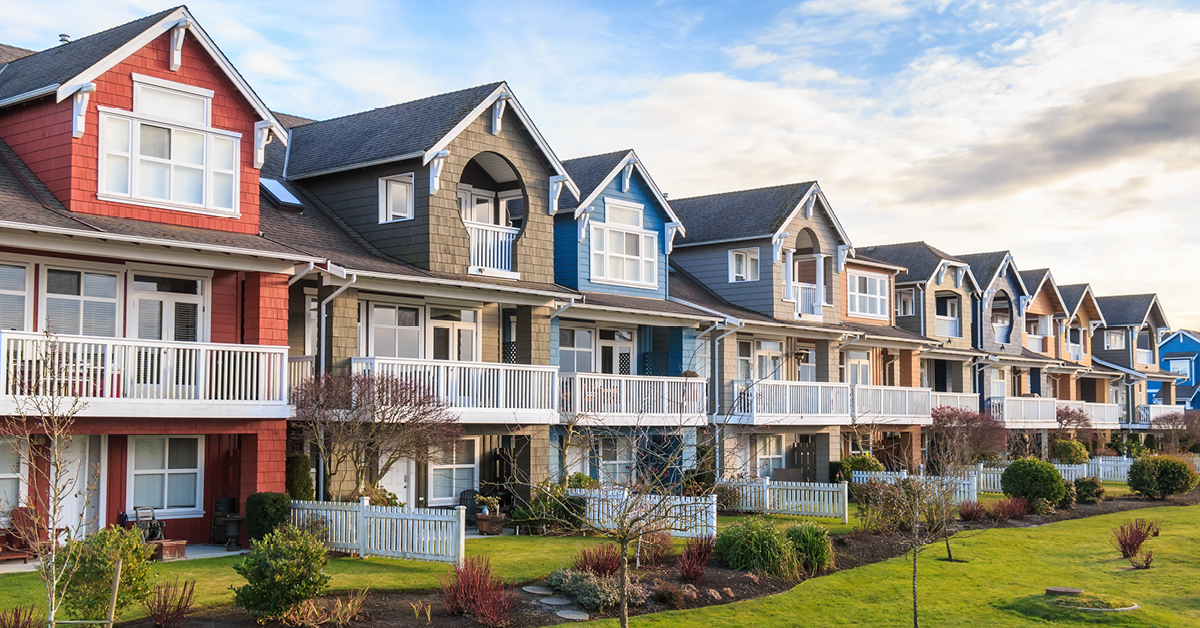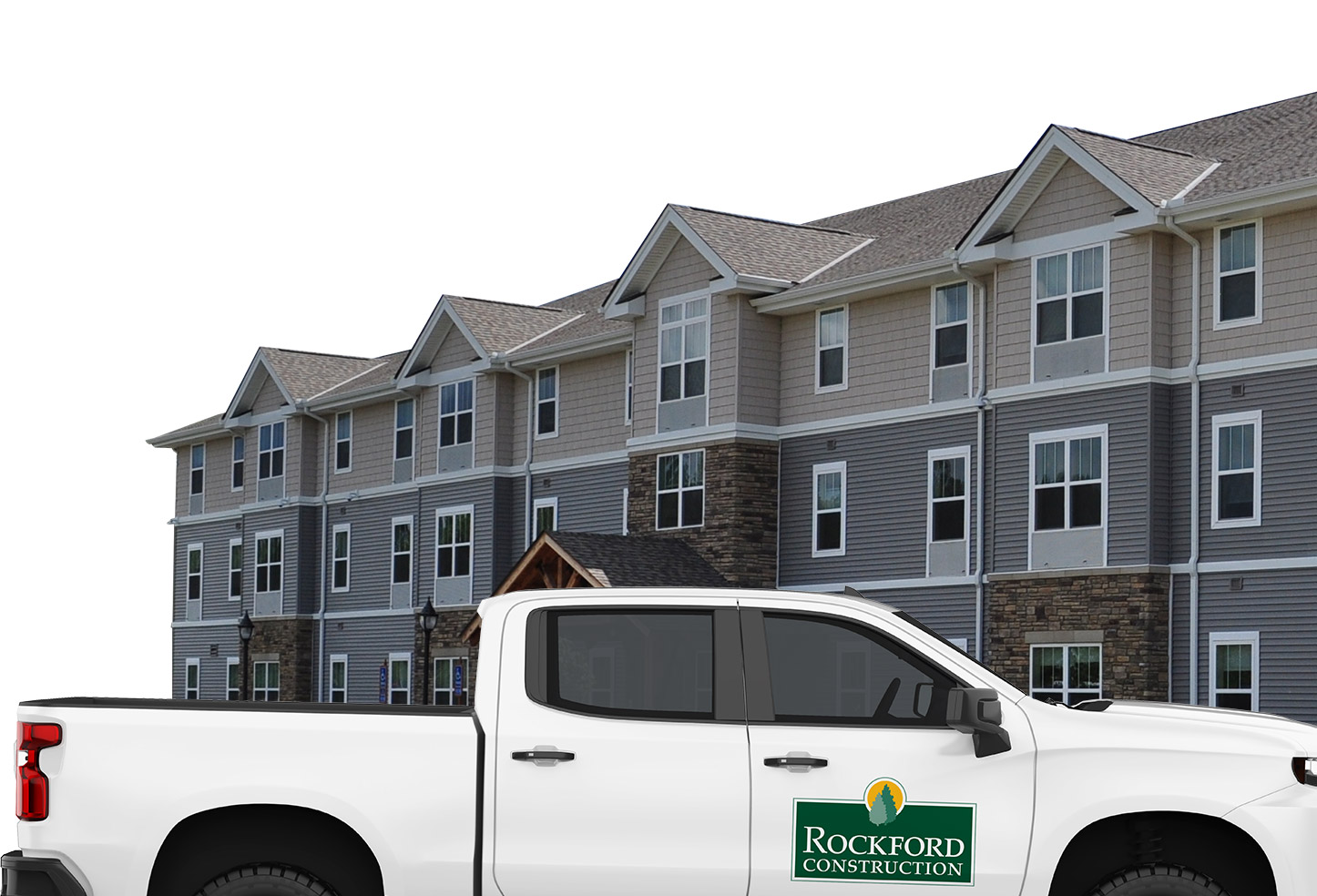Building a beautiful townhome takes careful and diligent consideration. The first thing that needs to be considered is the cost of townhome construction. Due to constantly changing economic factors, people may find it difficult to accurately measure the cost of building a new project, especially a townhome. In this article, we’ll discuss the general cost breakdown of building a townhome.
What is a Townhome?
A townhome is a single-family residence, it usually has two floors with bedrooms upstairs and a kitchen and living spaces downstairs. Townhomes are famously characterized by sharing at least one wall with the next unit over. Many units together form rows of townhomes that quaintly line a street.
According to a 2020 study, townhomes have been in decline in recent years. The demand for townhomes is still positive thanks to younger generations preferring the same sense of suburban community combined with the city hustle and bustle. Townhomes allow for the convenience of living near a city while providing that tight knit community. Townhomes are especially attractive to first time home buyers or young families looking for transitional housing between a city apartment and a classic suburban home.
Townhouse Development Costs
Townhouses are generally cheaper per unit than ordinary detached family houses. Due to their connected, communal nature, they are often built in groups, with at least four or five houses being built at a time.
The average cost for a single townhouse is between $100,000 and $200,000. The cost of building an entire townhouse complex is between $1 – $1.2 million. There are many factors to consider when estimating the costs of townhouse construction, let’s have a look at them here.
Exploring Different Townhome Styles
Each type of townhouse comes with unique costs. Traditional townhomes are the most easily recognizable of all townhouses and cost about US$111 – $125 per square foot to build. Stacked townhomes cost between $120 – $130 per square foot to build. Stacked townhomes are traditional townhomes with another row of townhomes stacked on top and are popular in highly dense areas. Urban townhomes are similar to traditional townhomes, but are more modern in style and layout. Urban townhomes cost $135-$150 per square foot.
Off-site Living Expenses
If you are planning to occupy one of the townhome units after it is built, you must account for the off-site living expenses. It is a smart financial move to live in one of your own units, as you are essentially living there for free. When you are planning your budget for a townhome construction project, make sure you include any personal expenses coming out of your pocket that could be easily overlooked, like off-site living expenses.
Land
A plot of land is another key expense when planning on building a new townhome complex. You need land to build on, right? Prices vary greatly between regions. In general, prices are higher closer to the hubs of big cities and get gradually cheaper the smaller the town or farther you travel away from a city. Depending on where you plan to locate your townhome, the cost of land can vary greatly.
Plumbing and Electricity
Unless the townhome is being built on a site that has plumbing connections from a previous house or structure, establishing new plumbing connections will be a relatively big job. Plumbing for a home with 2-3 bedrooms, like a townhome, can cost between $2,000-$5,000. It is important to note that because your townhome complex is connected, you may be able to save significantly on plumbing, as all your plumbing for all the units will most likely connect.
A brand-new townhouse will require a new electrical system. If it’s the first structure or project to be built on the site, it’ll likely cost more than if there was already a system that just needs updating.
The overall electricity cost of the townhouse will be around $8,000 depending upon the size of the house and the rate per area.
5. Demolition and Deconstruction
If your land requires demolition of an existing structure in order for you to start your townhome construction project, you will need to take into account the demolition costs. The average demolition cost is $4-$15 per square foot. Employ a trusted townhome contractor like Rockford Construction to responsibly demolish and flatten your land to help you get started with your townhome construction.
6. Architectural Fees
An architect charges according to the percentage of the cost of construction, fixed fee or hourly rate. The cost of building a townhouse can be greatly reduced by buying pre-designed blueprints. This can be a budget-friendly option if one wishes to avoid paying an architect for a customized townhouse plan.
7. Construction Management
It’ll be necessary to hire a project manager for your townhome construction. They oversee the effective management of the project’s schedule, quality, cost and safety. Your trusted project manager is in charge of coordinating laborers, workmanship quality, and organizing material deliverables.
8. Building Materials
Building a strong house that will last for generations requires using building materials of high quality. Aside from the foundation materials, building a house requires drywall, insulation, doors and windows and floor and ceiling materials – just to name a few. The higher quality materials you use, the higher you will have to pay up front for construction, but you can also charge higher rental rates.
9. Building Permits
Before the house can start to be built, it’ll be necessary to get planning permission from the government in the local area. If we could build whatever we wanted, wherever we wanted, we’d see shabby, unsafely built structures popping up all over the place. Getting planning permission can be costly, the application fees alone can be considerable. In Ohio, you must submit an application to receive a building permit.
10. Interior Costs
After getting the land, acquiring planning permission, building the house, installing new plumbing and electrical systems, one will need to consider the costs of filling it with furniture and appliances. This can be quite a significant cost, as there are many things a house requires before it’s livable.
Furniture
Every room will need furniture, furniture is often what makes a home unique. Some of the main items to buy: beds, couches, wardrobes, dining table, chairs, etc. Most people will also require dressers, dressing tables, shelves and so on. The list is endless.
Luckily, there are more budget-friendly options to acquire furniture. Secondhand shops often sell furniture at unbelievably low prices. Secondhand does not mean faulty, just used.
Household Appliances
To make a new house more practical and livable, it’s necessary to fill it with household appliances. It’s necessary to consider the costs of a new fridge, washing machine, dryer and dishwasher. A new kitchen will also need all the relevant cooking appliances to be fully functional.
General Décor
The décor of a home is what sets it apart and makes it unique. Whether it’s the wallpaper, carpets, lampshades, or the artwork hung around the house walls, it all says something about the person living there. While there are many ways to lessen the costs of general indoor décor, it’s still a cost worth considering when planning on building a new home.
Understanding the Costs of Building a Townhome
Hopefully it’s now easier to understand the key costs of building a new townhome. Building any structure can be a daunting task, but carefully consider and plan each one of the factors into your personal townhome construction and budget plan. If you are still stuck, and don’t know what to do next, contact the experts at Rockford Construction.



